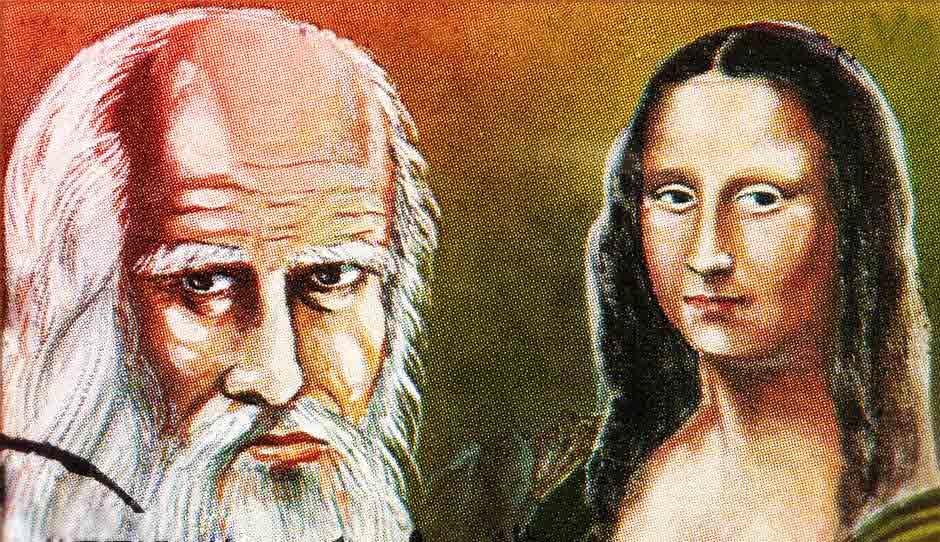Scientists and artists: more alike than we ever thought
- BY MYB
 In Tech And Innovate
In Tech And Innovate 882
882 0
0

To the mind schooled to interpret the world in binaries, scientists and artists are as different as a rigid mathematical equation and Leonardo Da Vinci’s luminous Mona Lisa.
Except the Mona Lisa owes her luminosity as much to science as to art.
Leonardo Da Vinci, a renaissance master of perspective, drew her according to the famed golden ratio. Rectangles drawn over any part of the Mona Lisa, such as around her face or her hands, will always reflect a length to breadth ratio of 1:0.618, said to be aesthetically pleasing and found throughout the human body.
This anecdote reveals the ciphers of both the Monalisa’s appeal and the human brain. Turns out the scientific mind and the artistic mind or the left side of the brain and the right side are not quite the adversaries we think they are.
Mind the labels
Neuroscience shows while certain patterns of brain activity have sometimes been linked to artistic or logical thinking, this still doesn’t really explain why Susan is good at Physics and Roger at Anthropology. And that’s because the mesh of nature and nurture is almost impossible to untangle.
But even if we consider the evidence linked with ability and not the brain, is there great difference between logical and artistic ways of thinking?
Till very recently, it was thought as much.
Psychological research distinguishes between two styles of thinking: convergent and divergent. Convergent thinking follows analytical and deductive reasoning, such as that measured in IQ tests. Divergent thinking, however, is more spontaneous and free-flowing. Studies conducted during the 1960s suggested that convergent thinkers were more likely to be good at science subjects at school. Divergent thinking was shown to be more common in the arts and humanities.
However, recent studies showotherwise. In 2011, researchers assessed 116 final-year UK arts and science undergraduates on measures of convergent and divergent thinking and creative problem solving. The study found no difference in ability between the arts and science groups on any of these measures.
Let it flow free
Research actually revealsconsiderable overlap in the cognitive processes supporting both scientific and artistic creativity. The psychological concept of “flow”, pioneered by Mihály Csíkszentmihályi in the 1990s, describes a state of consciousness where one is completely absorbed while performing an activity. Flow experience has been strongly linked to peak performance in many artistic domains.
The interesting bit is scientists report the same “flow” like state when absorbed in their tasks.
There is also substantial overlap in the use of visualisation during scientific and artistic thinking. Great scientists such as Nikola Tesla reported that they used mental imagery when describing their thought processes, much like a writer thinks in metaphors.
Why Stereotypes are Toxic
It is now demonstrated stereotypes often inhibit innate ability. A science student indoctrinated to think of herself as a “rigid nerd” will quell her own creative thinking, just like a girl labelled “bad at maths” may fare poorly on logical reasoning parameters. Maybe that is why it is time to skip the question – “Are you a left brain or a right brain thinker?”
Ironically, though stereotyping does inhibit innate ability, sometimes the ability makes itself known, even when its possessor himself is dismissive.
“Philosophy,” the poet John Keats wrote, meaning science, “would clip an angel’s wings.” Keats may have shared the romantic notion of science as dreary and rigid, but the perfect construction of this line – betrays his own felicity with structure.











